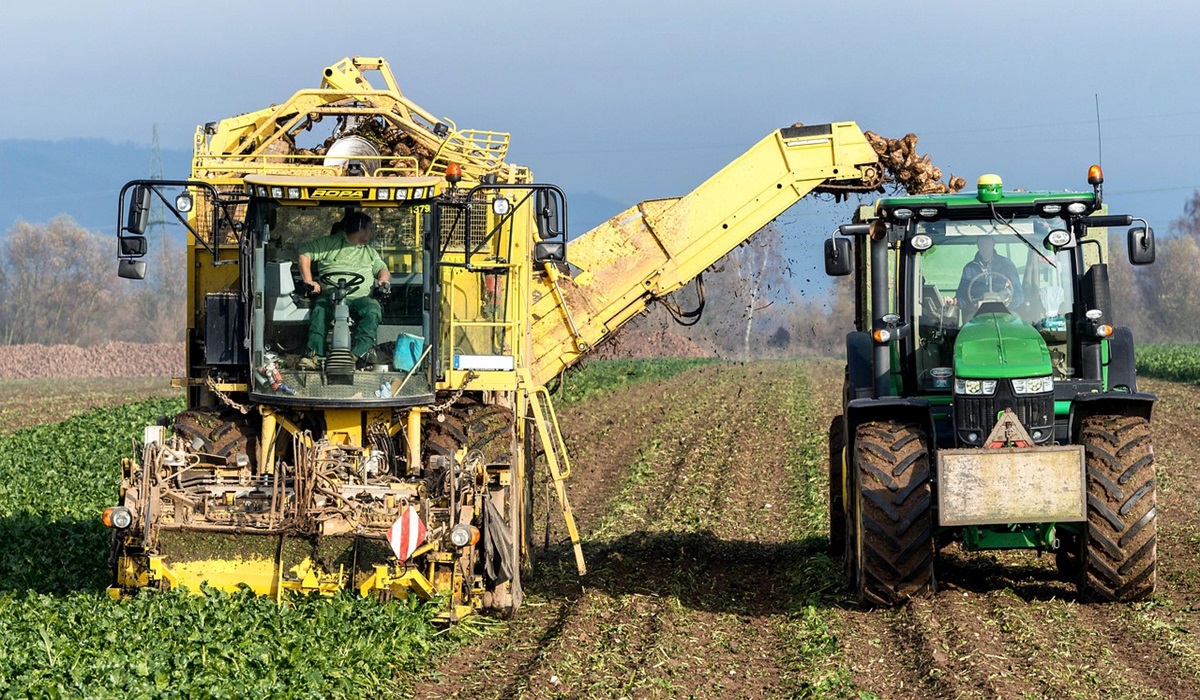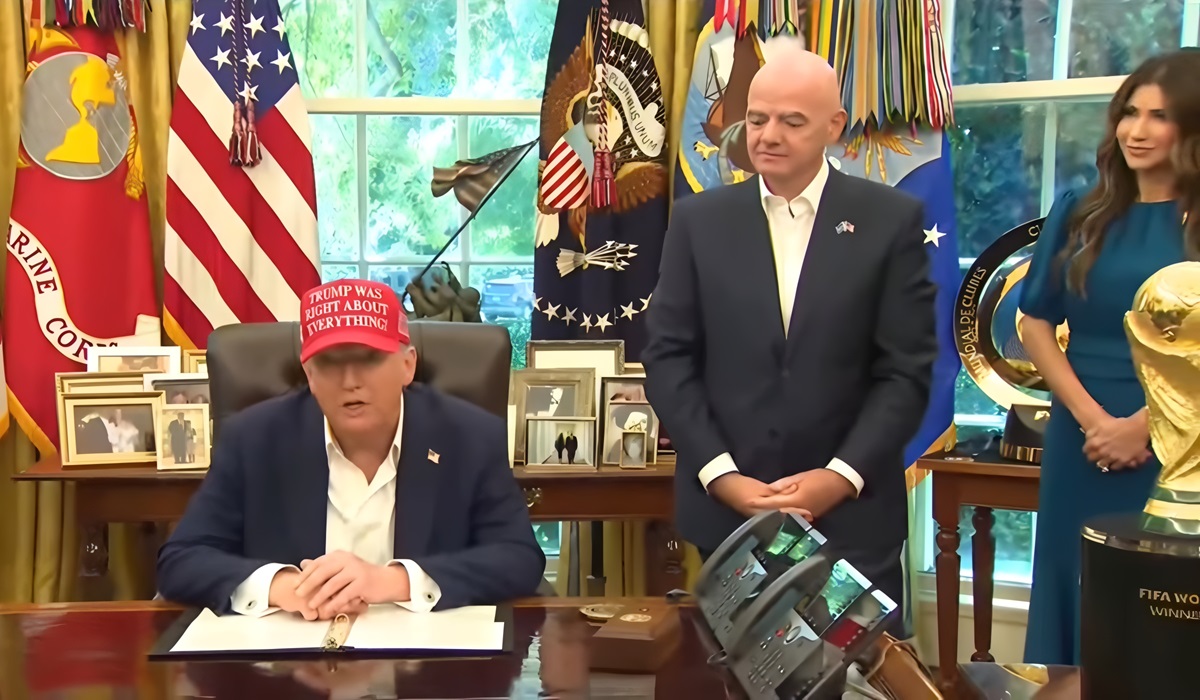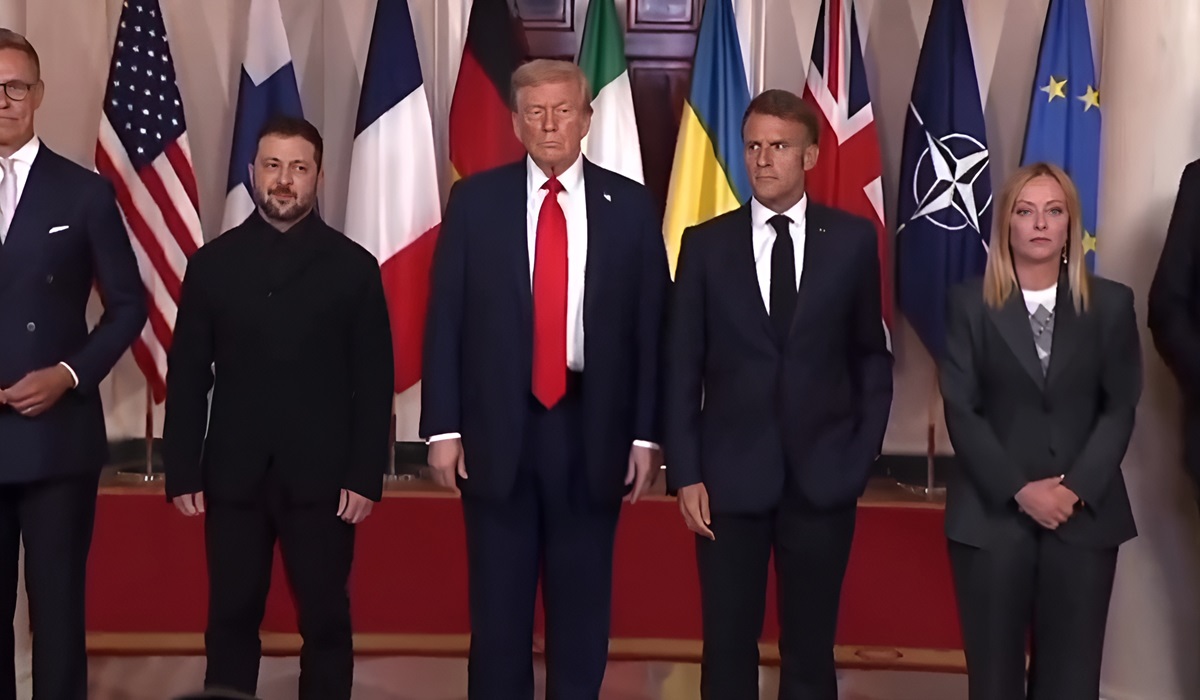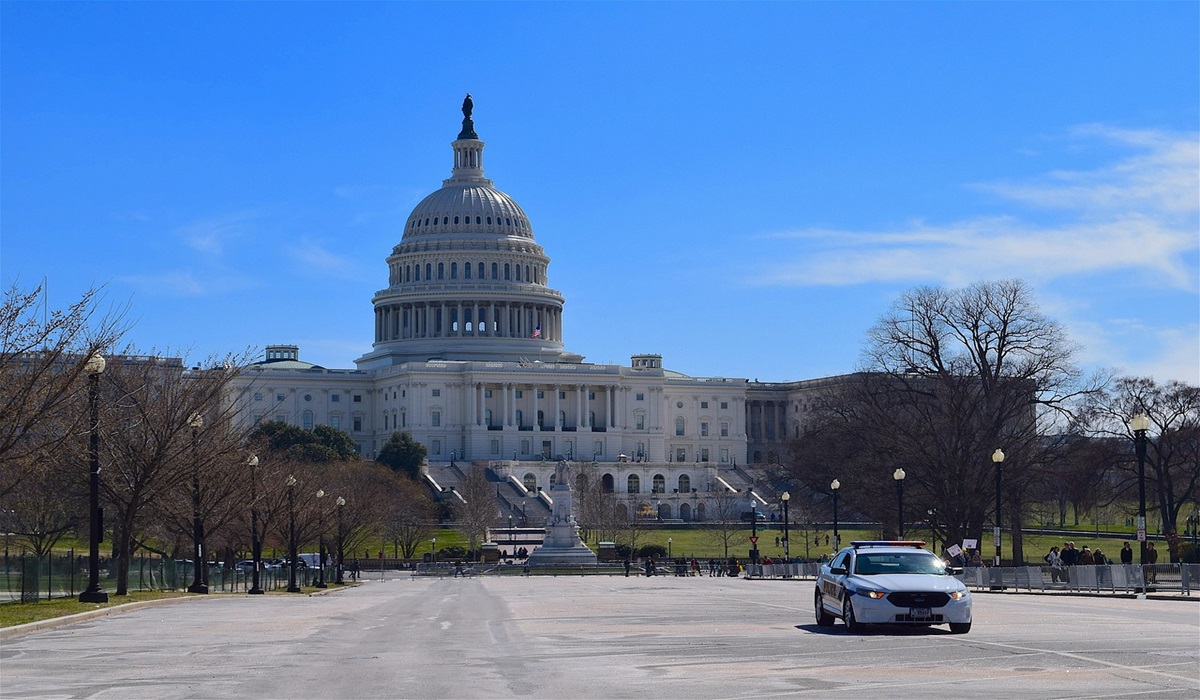Trump’s Tariff Revival Is Systematically Undermining U.S. Farmers—and BRICS Has Seized the Opportunity
- Ingrid Jones
- U.S.A
- June 5, 2025

President Donald Trump’s renewed tariffs on Chinese goods, framed as a patriotic shield for American industry, are doing something far more damaging than advertised. They are accelerating the collapse of U.S. agricultural exports by pushing China—America’s largest commodity buyer—deeper into the arms of BRICS. And while Beijing hasn’t entirely walked away from the U.S. farm belt, it has done something even more lethal in the long run: it has diversified. And in today’s multipolar economic landscape, diversification is effectively displacement.
In his second term, Trump has once again prioritized trade war optics over long-term economic sustainability. The reinstatement of aggressive tariffs on Chinese imports—some exceeding 140%—has predictably triggered retaliation. China has responded not with dramatic sanctions or embargoes, but with calculated economic realignment. It is quietly pulling away from dependence on U.S. agricultural products while cementing deeper, more permanent ties with its BRICS allies.
This isn’t a bluff. It’s a transition. During Trump’s first term, U.S. farmers watched as China cut soybean imports, redirected corn contracts to Brazil, and reduced purchases of American pork. Trump responded with subsidy checks that helped cushion the political blow—but not the structural damage. Now, with tariffs back in full force, China is pursuing a strategy that doesn’t hinge on whether the U.S. is in a trade war. It hinges on never needing the U.S. again.
What makes this moment fundamentally different is the evolution of BRICS itself. Originally composed of Brazil, Russia, India, China, and South Africa, the bloc has expanded in both size and strategic importance. With the inclusion of Egypt, Ethiopia, Iran, and the United Arab Emirates, and growing economic coordination among Global South nations, BRICS now represents a formidable portion of the world’s agricultural production, consumption, and logistics networks.
China, still the world’s largest importer of food, is methodically reallocating its trade relationships within this bloc:
- Soybeans? Sourced increasingly from Brazil.
- Corn? Now a top import from both Argentina and Russia.
- Beef and poultry? South Africa and Brazil are gaining market share.
- Fertilizer and energy inputs for agriculture? Russia and Iran are filling the void left by Western suppliers.
The net effect is not an overnight abandonment of U.S. agriculture—but a strategic downgrading. China hasn’t closed the door, but it has built exits in every direction.
Recent data from the USDA illustrates the growing crisis. In the last quarter alone, China cancelled more than 1.2 million metric tons of corn orders from the United States. Soybean shipments are trending downward. At the same time, farmers in Iowa, Illinois, Kansas, and the Dakotas report storage facilities at or near capacity, unable to move last season’s harvest. In some cases, 2024 crops are being stored in makeshift grain bags and on open ground. This is not a sign of economic health—it’s a symptom of oversupply with nowhere to go.
Meanwhile, the U.S. is not gaining ground in other markets to compensate for the China loss. The European Union has its own heavily subsidized agriculture. African markets, where demand is growing, are increasingly aligned with China and BRICS-aligned nations through Belt and Road infrastructure and bilateral trade agreements. The void left by China is not being filled—it’s being sealed off.
What Trump’s administration fails to grasp is that the world is no longer dependent on American exports or American markets the way it once was. The post-World War II global order, where the U.S. set the terms of trade, is eroding rapidly. In its place is a more decentralized, politically aligned network of countries that no longer trust Washington’s policy swings or economic nationalism.
BRICS is building its own financial institutions, pushing for local currency settlements, and investing in logistics that bypass U.S.-controlled routes. With each canceled American shipment and each new BRICS trade deal, the global market becomes less tethered to the whims of U.S. politics.
China, for its part, is not aiming for zero trade with the U.S.—that would be strategically foolish. Instead, it is reducing vulnerability, hedging against tariff shocks, and aligning with nations that share its long-term goals. For American farmers, that distinction makes little difference. Whether China walks away or quietly sidelines the U.S. market, the effect is the same: disappearing demand.
While the Trump administration can print checks and tout record farm subsidies as a solution, these are band-aids on a severed artery. You cannot subsidize a silo full of unsold corn into a new market. You cannot pay farmers to keep producing food no one is buying. And you certainly can’t rebuild lost trade relationships in a world where your competitors have already moved in and offered better terms.
What’s unfolding is not a momentary dip or a rough patch—it’s a realignment. And it’s one that Trump’s tariff doctrine has only accelerated. The BRICS coalition isn’t waiting for American policy to stabilize. They are building alternatives, and China is leading the charge—not through confrontation, but through substitution.
This is the quiet end of U.S. agricultural dominance on the global stage. Trump’s tariffs didn’t cause this shift alone, but they are hastening it. In the 20th century, American farmers fed the world. In the 21st, they may be sidelined by a coalition that simply doesn’t need them anymore.
The reality is stark: China hasn’t entirely turned its back on American commodities—but it’s walking through a different door. The BRICS nations are holding it open. And with every trade war tweet and tariff proclamation, Trump is slamming the one behind us shut.
There is no coming back from that.








